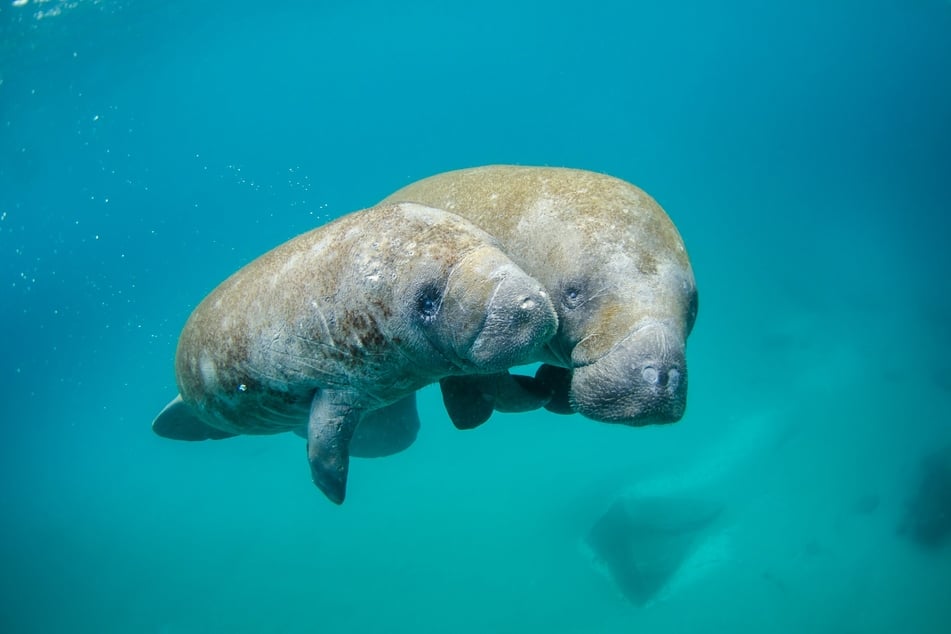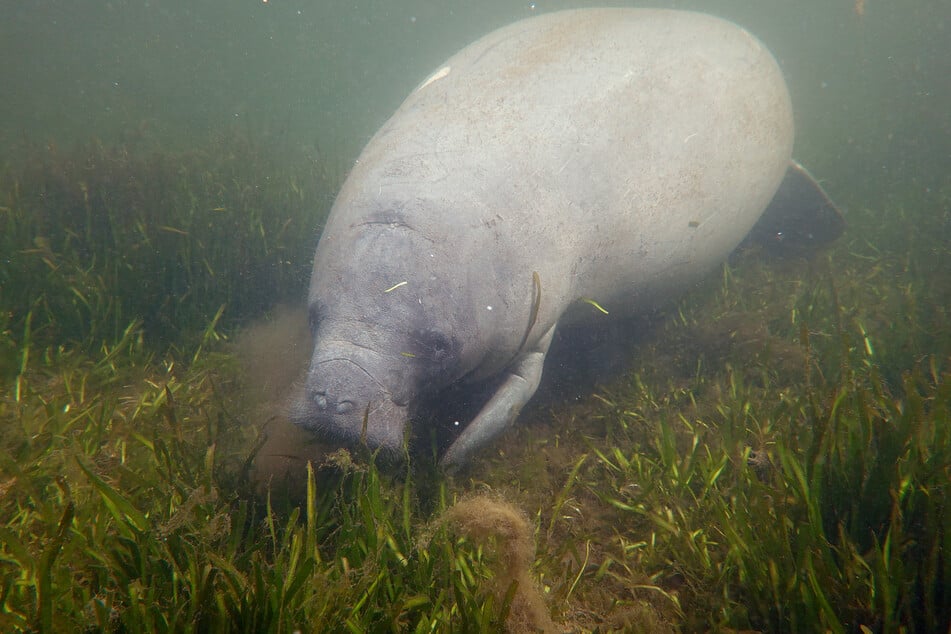New manatee research reveals surprising truth about their origins!
Tampa, Florida - The iconic manatee may not actually be native to Florida, researchers suggest. Instead, they may have migrated to the state in search of warm, blue water.

Research into historical data undertaken by scientists at the University of South Florida (USF) and George Washington University (GWU) suggests that the manatee migrated to Florida as recently as the late 1700s.
Between 1300 and the mid-1800s, a period of intermittent cooling termed a "little" ice age may have made Florida's waters too cold for manatees. As the waters heated up, it's believed that they migrated north.
The threatened animal, which last year found itself at the center of legal action by activist groups, now number fewer than 9000 and faces increasing risk from environmental concerns and climate change.
"Manatees expanded in number and range across the Florida peninsula during the Territorial/Early Statehood and Early Modern Periods, first northward on the Atlantic Coast and later along the coast of the Gulf of Mexico," authors Thomas Pluckhahn and David Thulman write in the November study.
"These expansions track increasing human populations, associated anthropogenic landscape alterations, and social and policy changes."
According to the research article, populations of manatees were very low in the Precolonial and Colonial Periods, and may have migrated north from the Caribbean.
Where do manatees really come from?

Pluckhahn, a professor of anthropology at USF, was cited by The Guardian as saying that the historical records they studied could be helpful for understanding the species' history.
"Manatees are very sparsely represented in archaeological and archival records before the late 1700s, and the most likely explanation is that they were present only occasionally," he was cited as saying.
In addition, a better understanding of manatee population patterns and history could help conservationists find ways to help the species survive, even as the US Fish and Wildlife Service (FWS) continues to debate whether manatees should be reclassified as "endangered" under the ESA.
"As we've highlighted, some of the earlier manatee refuges were kind of passive, solar, shallow-water features, and we don't know if it's possible to create more of those or to make existing ones more manatee friendly," Pluckhahn said.
Currently, the surviving manatees are, in large part, living in warmer waters created by fossil fuel plants, which serve as an alternative to natural springs. The closure of such plants may risk the survival of the species, activists have warned.
"We are going to need more warm-water refuges for manatees as the fossil fuel plants close," Pluckhahn said.
Cover photo: unsplash/NOAA

